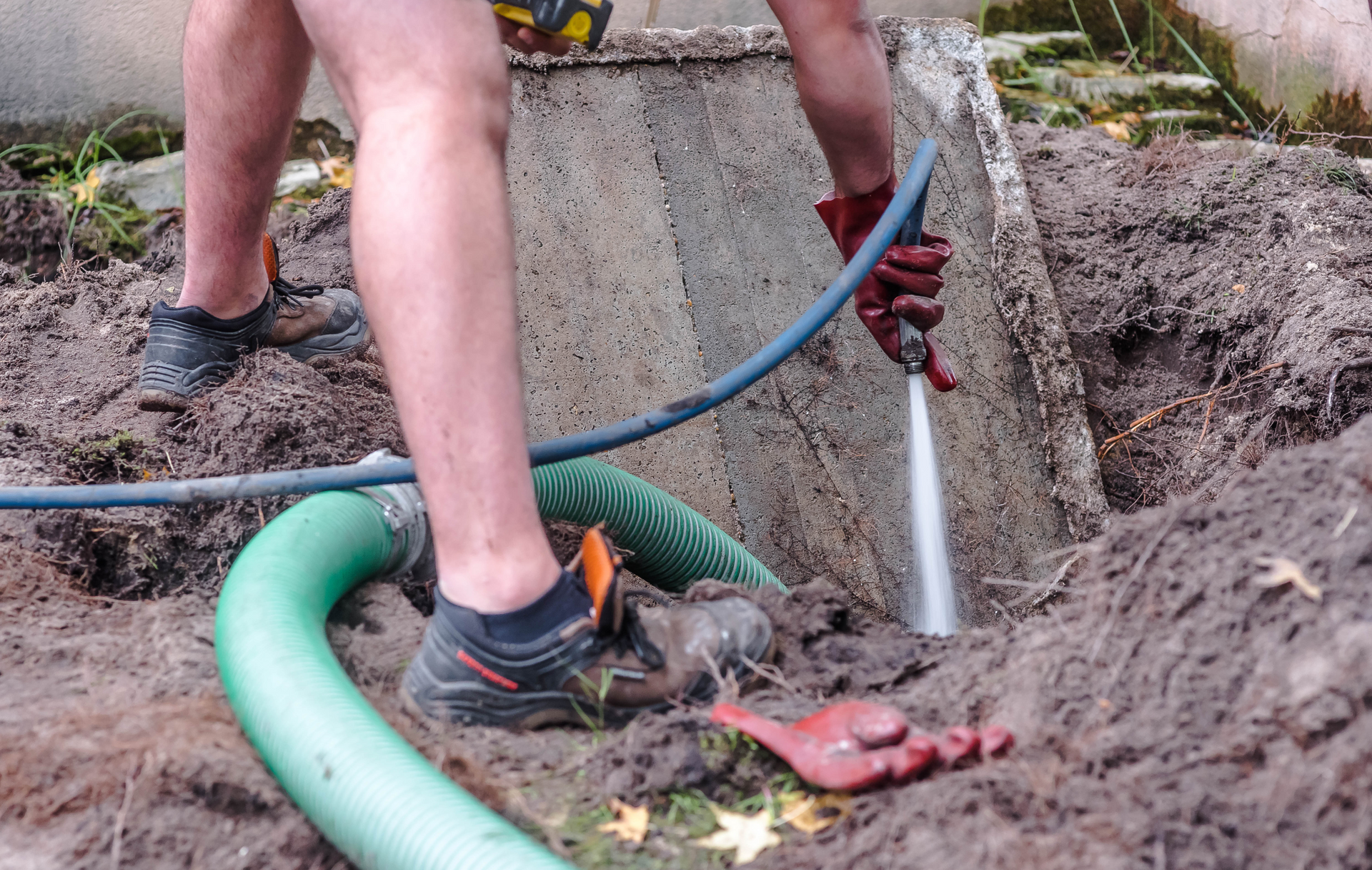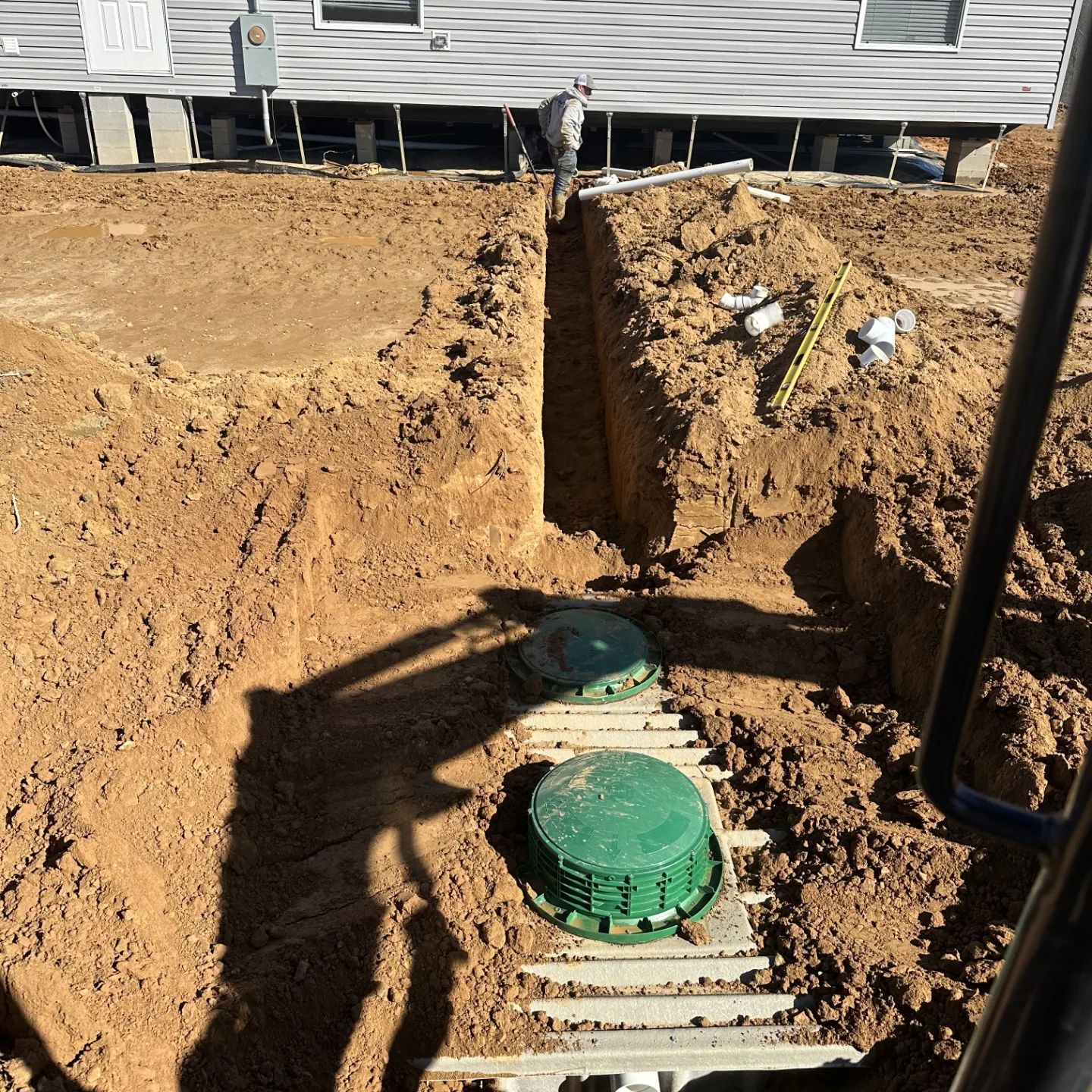Maintaining Your Septic System: Best Practices from Oxford Septic Services
March 20, 2024
A well-maintained septic system is essential for the proper functioning of your property's wastewater treatment system. Neglecting septic system maintenance can lead to costly repairs, environmental contamination, and health hazards. In this guide, Oxford Septic Services shares expert advice and best practices for maintaining your septic system to ensure its longevity and efficiency.
Chapter 1: Understanding Your Septic System
Before diving into maintenance practices, it's crucial to understand how your septic system works. We'll provide an overview of the components of a typical septic system, including the septic tank, drain field, and distribution system. Understanding how these components function together will help you better appreciate the importance of regular maintenance.
Chapter 2: Routine Pumping
Routine pumping is one of the most critical aspects of septic system maintenance. We'll discuss how often you should pump your septic tank based on factors such as household size, water usage, and tank capacity. Our experts will also explain the pumping process and how it removes accumulated solids and prevents clogs and backups.
Chapter 3: Water Conservation Practices
Conserving water is not only beneficial for the environment but also helps prolong the life of your septic system. We'll share practical tips for reducing water usage in your home, such as fixing leaks, installing water-efficient fixtures, and practicing water-saving habits.
Chapter 4: Proper Waste Disposal
Proper waste disposal is essential for preventing damage to your septic system and protecting groundwater quality. We'll provide guidelines for what should and shouldn't be flushed down the drain, including non-biodegradable items, chemicals, and grease. Proper waste disposal practices will help maintain the health and efficiency of your septic system.
Chapter 5: Regular Inspections
Regular inspections are key to identifying and addressing potential issues before they escalate into costly repairs. We'll discuss how often you should have your septic system inspected and what our technicians look for during an inspection. Early detection of problems can save you time, money, and headaches down the line.
Chapter 6: Soil and Drain Field Maintenance
The health of your drain field is crucial for the proper functioning of your septic system. We'll provide tips for protecting your drain field, such as avoiding heavy machinery, planting trees and shrubs away from the area, and monitoring for signs of drainage problems. Proper soil and drain field maintenance will help ensure the long-term performance of your septic system.
Chapter 7: Professional Maintenance Services
While there are many maintenance tasks you can do yourself, some aspects of septic system maintenance require professional expertise. We'll discuss the importance of hiring a qualified septic service provider like Oxford Septic Services for tasks such as pumping, inspections, and repairs. Our team has the knowledge, experience, and equipment to keep your septic system running smoothly.
Conclusion:
Proper maintenance is essential for preserving the functionality and longevity of your septic system. By following the best practices outlined in this guide and partnering with a trusted septic service provider like Oxford Septic Services, you can ensure that your system operates efficiently and reliably for years to come.

Septic tank pumping is a crucial aspect of septic system maintenance that often goes overlooked by property owners. Regular pumping helps prevent costly repairs, prolongs the lifespan of the septic system, and protects the environment from contamination. In this guide, Oxford Septic Services shares valuable insights into the importance of routine septic tank pumping and its many benefits. Chapter 1: Understanding the Role of Septic Tank Pumping Overview of the septic tank pumping process and its significance in maintaining a healthy septic system Explanation of how septic tank pumping removes accumulated solids and sludge from the tank, preventing clogs and backups Chapter 2: Preventing Costly Repairs and System Failures Discussion of the potential consequences of neglecting septic tank pumping, including system backups, drain field damage, and groundwater contamination Exploration of the financial implications of septic system repairs and replacements compared to the relatively low cost of routine pumping Chapter 3: Extending the Lifespan of Your Septic System Explanation of how regular septic tank pumping helps prolong the lifespan of the septic system by reducing stress on system components and preventing premature failure Discussion of the correlation between routine pumping and the overall health and longevity of the septic system Chapter 4: Protecting the Environment and Public Health Examination of the environmental and public health risks associated with untreated wastewater discharge from poorly maintained septic systems Explanation of how routine septic tank pumping helps mitigate these risks by preventing groundwater contamination and protecting local water sources Chapter 5: Maintaining Property Value and Resale Potential Exploration of the impact of a well-maintained septic system on property value and resale potential Discussion of how routine septic tank pumping demonstrates responsible property ownership and can increase buyer confidence during real estate transactions Chapter 6: Ensuring Regulatory Compliance Overview of local regulations and requirements regarding septic system maintenance and pumping frequency Explanation of how routine septic tank pumping helps property owners remain in compliance with regulatory standards and avoid potential fines or penalties Chapter 7: Best Practices for Scheduling Septic Tank Pumping Recommendations for establishing a regular pumping schedule based on factors such as household size, water usage, and septic system capacity Tips for working with professional septic service providers like Oxford Septic Services to schedule timely and efficient pumping services Conclusion: Routine septic tank pumping is an essential aspect of responsible septic system ownership, offering numerous benefits for property owners, the environment, and public health. By understanding the importance of routine pumping and working with trusted professionals like Oxford Septic Services, property owners can ensure the long-term performance and reliability of their septic systems.

Installing a septic system is a critical step in ensuring proper wastewater management for residential and commercial properties. However, the installation process can be complex and requires careful planning and execution. In this comprehensive guide, Oxford Septic Services provides essential information and expert tips for homeowners and property owners considering septic system installation. Chapter 1: Understanding the Basics of Septic Systems Overview of septic systems and their components, including the septic tank, drain field, and distribution box Explanation of how septic systems function to treat and dispose of wastewater on-site, without access to a municipal sewer system Chapter 2: Assessing Site Conditions and Permitting Requirements Guidance on assessing soil conditions, topography, and site suitability for septic system installation Explanation of the permitting process and regulatory requirements for septic system installation, including obtaining necessary permits and approvals from local authorities Chapter 3: Designing the Septic System Overview of the steps involved in designing a septic system, including determining system size, layout, and location Discussion of factors to consider when designing a septic system, such as property size, soil type, and groundwater levels Chapter 4: Selecting and Installing Septic System Components Explanation of the different types of septic tanks, drain fields, distribution boxes, and other system components available for installation Step-by-step instructions for properly installing septic system components, including excavation, tank placement, piping installation, and backfilling Chapter 5: Ensuring Proper System Ventilation and Plumbing Connections Importance of providing adequate ventilation for the septic system to prevent the buildup of harmful gases, such as methane and hydrogen sulfide Guidelines for properly connecting plumbing fixtures, such as toilets, sinks, and showers, to the septic system to ensure efficient wastewater flow Chapter 6: Conducting Final Inspections and Testing Overview of the final inspection and testing process to ensure that the septic system meets all regulatory requirements and functions properly Explanation of common tests conducted during the final inspection, such as hydraulic load testing, dye testing, and soil percolation testing Chapter 7: Maintaining and Caring for Your New Septic System Recommendations for ongoing maintenance and care of the newly installed septic system, including routine pumping, inspection, and monitoring Tips for avoiding common pitfalls and ensuring the long-term reliability and performance of the septic system Conclusion: By following the guidelines and expert tips provided in this guide, property owners can navigate the septic system installation process with confidence. With careful planning, proper design, and professional installation by Oxford Septic Services, property owners can ensure the reliable operation and longevity of their septic systems for years to come.
